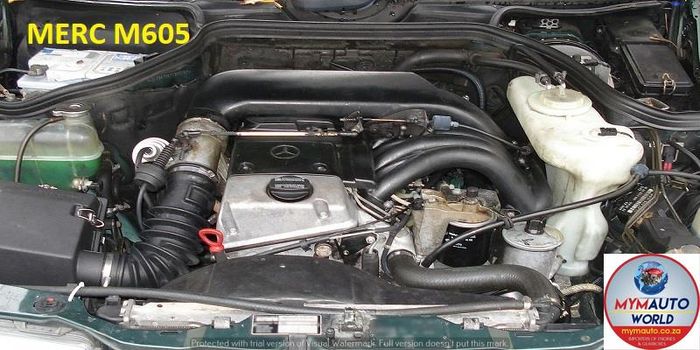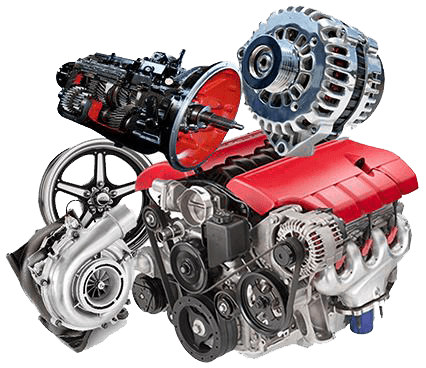Upgrade Your Vehicle with a New Opel Corsa Engine
Upgrade Your Vehicle with a New Opel Corsa Engine
Blog Article
Exploring the Inner Workings of a Compact Lorry's Engine System
As motorists, we typically take for provided the detailed procedures that occur within the boundaries of our automobile's engine system. The compact yet intricate machinery that moves us onward is a wonder of engineering accuracy and coordination. From the regulated explosions in the burning chamber to the careful timing of fuel shot, every element plays an essential duty in the smooth operation of the engine. In this expedition of a compact lorry's engine system, we will untangle the internal workings of this mechanical symphony, dropping light on the enigmas that drive us ahead on our day-to-day journeys.
Burning Refine Introduction
The burning process in a small lorry's engine system is a vital system that successfully converts gas into energy to power the automobile. This procedure occurs within the burning chamber of the engine, where fuel and air mix, fire up, and create controlled explosions. The burning process includes four major stages: consumption, compression, power, and exhaust.
During the intake stage, the piston relocates downward, drawing in a mix of air and fuel into the burning chamber. This down activity creates the power required to drive the lorry. This cyclic combustion process is essential to the procedure of a compact automobile's engine system, ensuring effective energy conversion for propulsion.
Piston and Cylinder Communication

The piston's specific fit within the cylinder is important for maintaining optimal compression and preventing energy loss throughout burning. Limited clearances in between the piston and cylinder wall surfaces make certain reliable sealing, allowing the piston to relocate smoothly without permitting gases to leak past. Correct lubrication is likewise vital to lower friction and use between these parts, boosting durability and efficiency.
Moreover, the design and products used in producing the piston and cyndrical tube impact engine effectiveness and durability. Modern engines usually use light-weight yet resilient materials like light weight aluminum alloys for pistons and cyndrical tube liners to lower inertia and boost thermal effectiveness. In general, the unified communication between the piston and cylinder is basic to the engine's performance and general performance.
Gas Injection System Capability
Fuel injection systems in small automobile engines play an important function in exactly delivering fuel to the burning chamber for reliable and controlled ignition. The gas injection system functions by injecting gas internet into the burning chamber at the ideal moment throughout the engine's procedure (opel corsa engine). This specific timing guarantees that the fuel blends evenly with the air for proper burning, causing improved gas efficiency and minimized emissions
There are mainly two kinds of fuel injection systems utilized in compact automobile engines: port fuel injection (PFI) and direct fuel shot (DFI) PFI systems inject gas right into the intake port before the consumption shutoff, while DFI systems inject fuel directly into the combustion chamber. Both systems have their benefits, with DFI offering much better fuel atomization and PFI giving an extra cost-effective remedy.
Recognizing Engine Cooling Mechanisms
Effective operation of a small car's engine relies greatly on the performance of its cooling systems. The air conditioning system in a compact car usually is composed of numerous elements working with each other to manage the engine temperature level. Recognizing these engine air conditioning systems is crucial for maintaining the performance and durability of a portable automobile's engine system.

Exhaust System Components Explained
The optimal performance of a compact automobile's engine cooling systems depends on a complementary system understood as the exhaust system, which consists of different crucial elements for guaranteeing reliable emissions and engine efficiency. The exhaust manifold accumulates exhaust gases from the engine's cylinders and courses them to the catalytic converter.
One crucial element of the exhaust system is the oxygen sensing unit, which monitors the oxygen levels in the exhaust gases to aid regulate fuel usage and ensure optimal engine efficiency. opel corsa engine. Additionally, the resonator may exist in some exhaust systems to reduce noise levels. Generally, the exhaust system plays a vital role in preserving engine performance, minimizing unsafe emissions, and guaranteeing a quieter driving experience for small lorry proprietors

Verdict
In conclusion, the small automobile's engine system is an intricate mix of components that collaborate to promote the combustion process, convert fuel right into power, and expel waste gases. Understanding the inner functions of the engine system, consisting of the piston and cyndrical tube communication, gas shot system, engine cooling mechanisms, and exhaust system elements, is important for preserving optimum efficiency and performance of the lorry.
The burning procedure in a portable automobile's engine system is an essential mechanism that efficiently transforms gas right into power to power the automobile.Gas injection systems in small car engines play a vital function in exactly providing fuel to the combustion chamber for regulated and go to this site effective ignition.There are mainly 2 types of fuel injection systems used in portable lorry engines: port gas injection (PFI) and direct gas shot (DFI) Recognizing these engine air conditioning systems is crucial for maintaining the performance and long life of a small car's engine system.
The optimal performance of a compact lorry's engine air conditioning systems depends on a complementary system recognized as the exhaust system, which this page makes up various essential parts for making sure effective emissions and engine efficiency.
Report this page